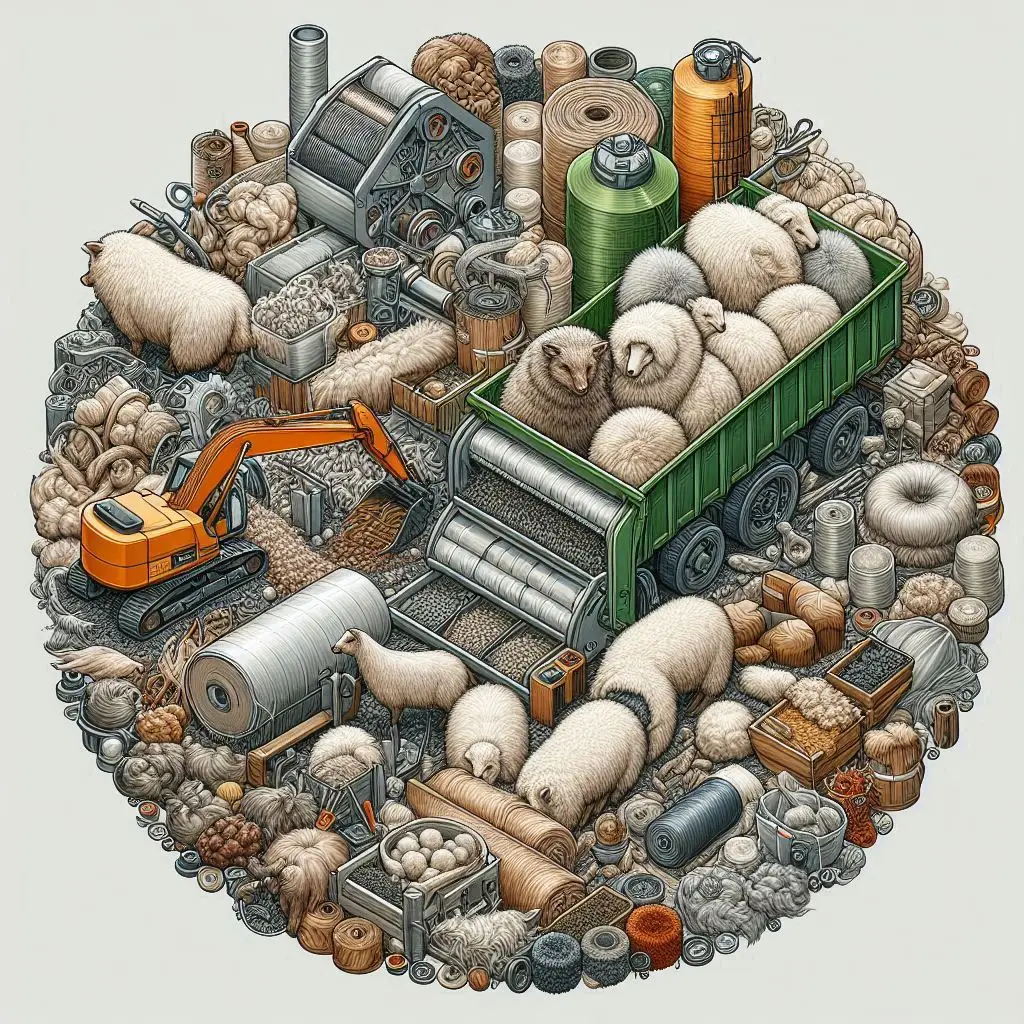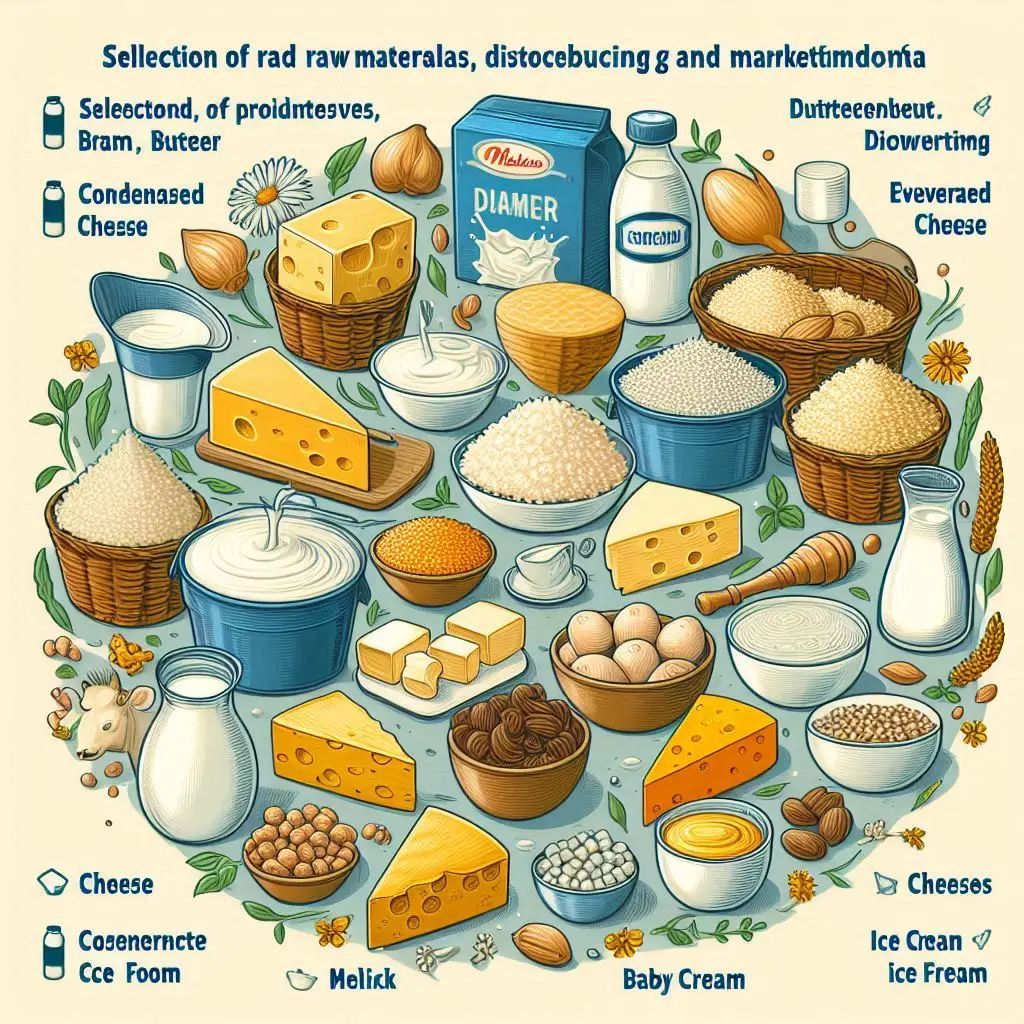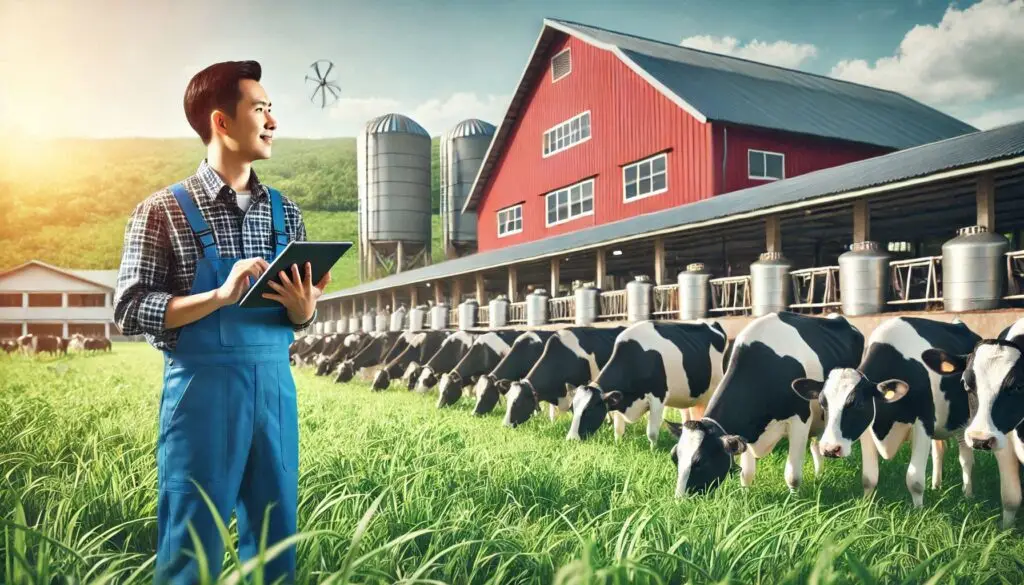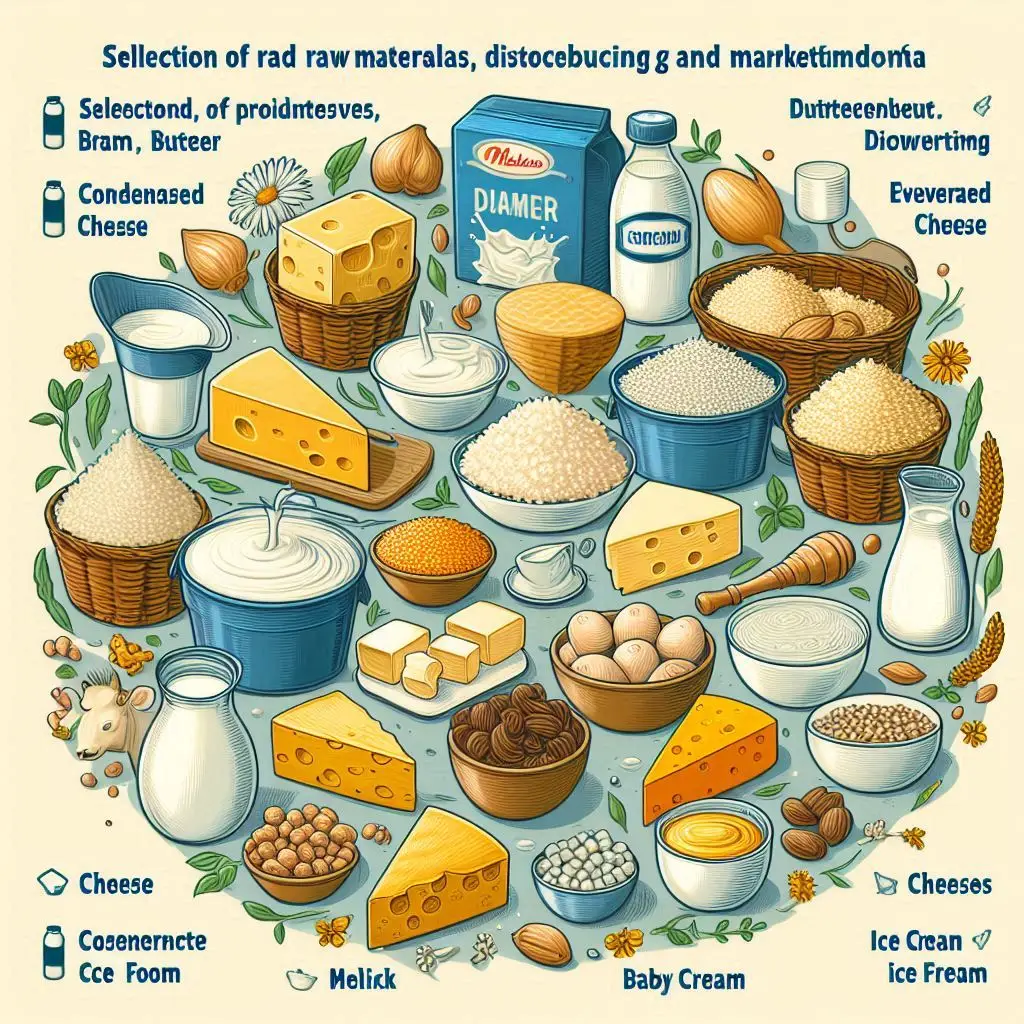Understanding Wool Grading: A Comprehensive Guide

Introduction to Wool Grading
Wool grading is a critical process in the textile industry. It determines the quality and value of wool based on specific characteristics. Understanding wool grading helps farmers, manufacturers, and consumers make informed decisions. This article explores the different grading systems, their significance, and how they impact the wool market.
Why Is Wool Grading Important?
Wool grading serves several purposes:
- Determines Quality: Grading helps identify the quality of wool, which affects its end use.
- Influences Pricing: Higher-quality wool commands better prices in the market.
- Guides Processing: Knowing the grade helps processors choose the right methods for spinning and weaving.
By understanding these factors, stakeholders can optimize their operations and meet market demands.
Overview of Wool Grading Systems
Wool grading systems vary across the globe. The three primary systems include the American (Blood) system, the English (Spinning Count) system, and the Micron system. Each system has its unique characteristics and applications.
1. American (Blood) System
The American (Blood) system classifies wool based on the percentage of Merino blood in the sheep. This system has historical roots and is still used today. Here are the main grades:
- Fine: Contains a high percentage of Merino blood.
- 1/2 Blood: A blend of Merino and other breeds.
- 3/8 Blood: Lower percentage of Merino blood.
- 1/4 Blood: Even less Merino influence.
- Low 1/4 Blood: Coarser wool with minimal Merino traits.
- Common: Coarse wool, often used for carpets.
- Braid: Very coarse wool, typically used for industrial purposes.
While this system is easy to understand, it has limitations. It does not provide precise information about fiber diameter, leading to broader ranges within grades.
2. English (Spinning Count) System
The English (Spinning Count) system offers a more precise classification. It is based on the number of hanks of yarn that can be spun from one pound of wool. The grades range from 36s (coarse) to 80s (fine). For example:
- 36s: Coarse wool, suitable for heavy fabrics.
- 62s: Medium wool, often used in suits.
- 80s: Fine wool, ideal for lightweight garments.
This system provides a clearer understanding of wool quality and is widely used in the UK and other regions.
3. Micron System
The Micron system measures the average diameter of wool fibers in microns (one-millionth of a meter). This method offers the most accurate assessment of wool fineness. Lower micron values indicate finer wool. For instance:
- 18.5 microns: Often labeled as “Super 100,” indicating high quality.
- 20 microns: Commonly used for suits and fine garments.
- 30 microns: Suitable for heavier fabrics and outerwear.
The Micron system is gaining popularity due to its precision and relevance in today’s market.
Factors Affecting Wool Quality
Several factors influence wool quality, including:
- Fiber Diameter: Finer fibers are generally more desirable.
- Length: Longer fibers are easier to spin and produce stronger yarn.
- Color: Bright, white wool is preferred for dyeing.
- Crimp: The natural wave in wool affects its elasticity and appearance.
Understanding these factors helps producers select the best sheep breeds and manage their flocks effectively.
The Role of Wool Grading in the Market
Wool grading plays a significant role in the wool market. It affects everything from pricing to consumer preferences. Here’s how:
Pricing
Higher-quality wool typically commands higher prices. For example, fine Merino wool can sell for several times the price of coarser wool. Producers must understand grading to maximize their profits.
Consumer Preferences
Consumers often seek specific wool qualities for their products. For instance, luxury brands prefer fine wool for high-end garments, while manufacturers of durable fabrics may opt for coarser grades. Grading helps align supply with consumer demand.
Export and Trade
International trade in wool relies heavily on grading. Different countries have varying standards, and understanding these helps exporters navigate global markets. Proper grading ensures compliance with international quality standards.
How to Grade Wool
Grading wool involves several steps. Here’s a simplified process:
- Sample Collection: Collect samples from different parts of the fleece.
- Visual Inspection: Examine the wool for color, crimp, and overall appearance.
- Micron Testing: Use a micron meter to measure fiber diameter.
- Length Measurement: Measure the staple length of the wool.
- Classification: Assign a grade based on the findings.
This process requires expertise and experience. Many producers rely on professional graders to ensure accuracy.
Challenges in Wool Grading
While wool grading is essential, it comes with challenges:
Subjectivity
Grading can be subjective, especially when relying on visual inspection. Different graders may have varying opinions on the same sample. Standardizing grading criteria can help mitigate this issue.
Market Fluctuations
Wool prices can fluctuate based on market demand. A sudden increase in demand for fine wool can lead to price spikes, affecting grading decisions. Producers must stay informed about market trends to make the best choices.
Environmental Factors
Weather conditions can impact wool quality. For example, wet weather can lead to increased fleece contamination. Producers must manage their flocks carefully to maintain high-quality wool.
Future Trends in Wool Grading
The wool industry is evolving. Here are some trends shaping the future of wool grading:
Technological Advancements
New technologies are emerging to improve grading accuracy. For example, digital imaging and artificial intelligence can help assess wool quality more objectively. These innovations may lead to more consistent grading standards.
Sustainability Focus
Consumers are increasingly concerned about sustainability. Grading systems may evolve to include environmental considerations, such as animal welfare and land management practices. Producers who prioritize sustainability may gain a competitive edge.
Global Standardization
As the wool market becomes more interconnected, there is a push for global grading standards. Harmonizing grading systems can facilitate international trade and improve market transparency.
Conclusion
Wool grading is a vital process that impacts the entire wool industry. Understanding the different grading systems, their importance, and the factors affecting wool quality can help producers, manufacturers, and consumers make informed decisions. As the industry evolves, staying updated on trends and advancements will be crucial for success.
For more pearls of Vets Wisdom:
https://wiseias.com/partitioning-of-food-energy-within-animals/






Responses